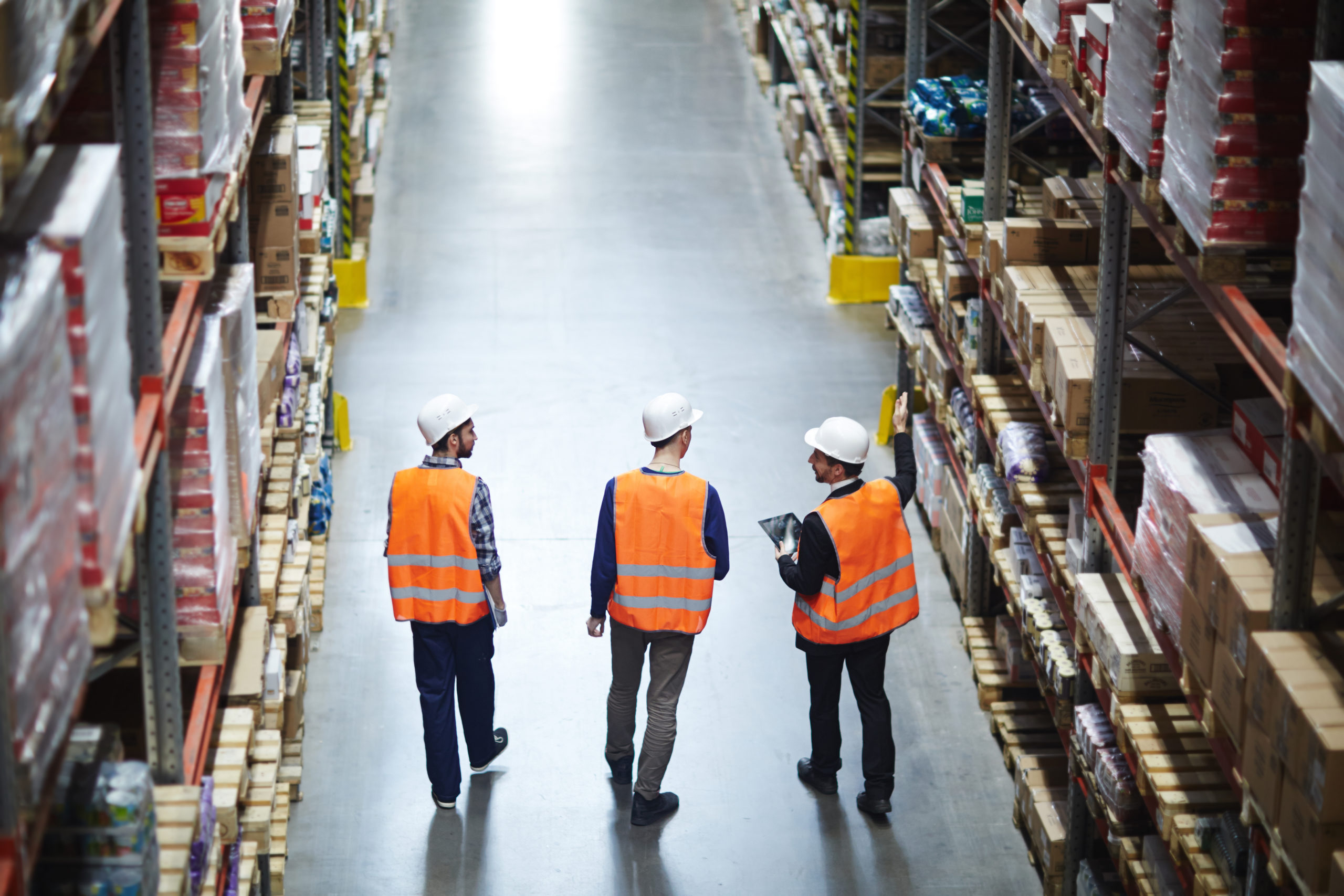
The Modern Warehouse
In recent years, the traditional warehouse industry has undergone massive changes. Today’s customers, both businesses and consumers, are demanding a seamless and more transparent order UX (User Experience) than ever before. This is pressuring business leaders and supply chain teams to deliver orders faster and cheaper while providing real-time data and analytics. Combined with increasing global supply chain issues caused by COVID, consumer demand and natural disasters, continuous innovation in warehousing and logistics technology will likely remain a top priority for businesses worldwide.
To date, most companies have implemented some level of automation or other technological solutions in their warehouses and distribution centers. Like in virtually every other area of life, this has been a major step forward, leading to radical improvements in efficiency, cost savings, and safety.
Where do supply chain organizations look next? With technology evolving at a fast pace and users changing their behaviors with it, a proper UX and UI design will help your business find synergy between user needs, technological possibilities, and business goals. Here are three reasons why implementing a modern UX/UI scheme on top of these technology platforms should be a critical next step in the evolution of your warehouse technology:
With technology evolving at a fast pace and users changing their behaviors with it, a proper UX and UI design will help your business find synergy between user needs, technological possibilities, and business goals.
1. Today’s younger warehouse workforce expects better UX
Most of us have seen the ‘Now Hiring’ signs throughout our communities. Many organizations have faced a growing labor shortage over the last two years due to retiring baby boomers, stricter immigration policies, and shifting employee preferences, creating what has become known as the “Great Resignation.” These factors have served as a wake-up call for organizations across the country, getting them to begin thinking about raising the quality of the employee experience and creating a more sustainable workforce.
Manufacturing, distribution, and warehousing are no different. Attracting and retaining top talent has never been more challenging. Millennials now make up the most significant section of the workforce, and Generation Z is right behind. Most workers in these younger generations cannot remember the world without access to the internet, and mobile devices are rarely out of reach. Soon an entire workforce will be comfortable with and even expect modern UX/UI standards in all of their interactions with technology.
Forcing employees to learn and use legacy systems or archaic green-screen UX/UI will only prevent your workers from operating efficiently. The fourth of Jakob Nielsen’s famous 10 Usability Heuristics for User Interface Design, ‘Consistency and standards,’ encourages designers to use patterns that users are familiar with and systems that meet users’ expectations.
To apply Nielsen’s heuristic, it is essential to recognize that your users, in this case, your employees, already spend much of their time in different applications other than their work apps. Inside the user’s brain, a pattern has already been created by the market and its standards. How many of us are not already familiar with a shopping cart when shopping online or the mechanics of a search bar? It does not mean that all designs should look the same; good design should be creative while applying external standards to a new internal consistency. We can apply this powerful principle to warehouse apps, systems, and devices in the following ways:

- Improved UX reduces training time (and we know that “time is money” is never more true than in the supply chain world). When employees have a basic foundation and comfort level in navigating the platform from day one, they will learn the applications faster.
- When problems do arise, troubleshooting and delays in everyday use will be easier, saving time and costs.
- Reducing stress in what can already be a stressful environment will lead to higher productivity and lower turnover, a common issue in this industry.
- When a company rolls out additional tools and software, its workers will accept and adopt the new tools more readily if the UX is pleasant to use.
2. Modern supply chains need to grow and scale efficiently, often with custom solutions and rapid development
Warehouse technology needs to be both scalable and flexible:
Scalable. Warehouse operations and distribution networks continue to expand, and supply chains are becoming increasingly complex.
Flexible. When it comes to innovation, suppliers and customers are constantly demanding new processes.
A sound UX design system can help you accomplish both.
A design system is a series of standards and components that are continuously used throughout the design of a system (icons, fonts, text fields, tags, etc.). These building blocks create a type of language that is replicated within a product or a family of products by knowing how and when to use these components. Not only will the users find the system easy to learn, but it also keeps designers from creating different solutions to the same problem as they work on additional features of the same product.
With these principles in mind, integrating technological solutions across job functions, supply chain nodes, multiple languages, and even third parties will lead to reliable results. As your organization identifies more opportunities to automate tasks and drive productivity with various technology tools, a foundation of a design system will allow for all customizations and new features to be faster and less expensive.

3. It takes more than one app, and they should play nicely together.
Warehouse workers have a variety of responsibilities and tasks in which they rely on their devices to perform. Across many applications, employees can accept, count, confirm, inspect, scan, and label inventory on a massive scale. Warehouse workers are critical to the success of any given organization. Without reliable technology, the entire foundation of a business could collapse.
To keep up with so many tasks, employees often have to juggle a handful of applications. As of 2020, the average company uses 137 unique SaaS apps, up 30% from 2018. Warehousing and supply chains are no different. Having a consistent UX/UI approach across the various apps will result in further cost savings from reduced training and support. Consistency supports a strong brand system and offers a more seamless experience for employees when alternating between multiple applications per shift.
There are two types of consistency, visual and functional. Visual consistency refers to the look and feel of the product, making each component feel visually integrated. Functional consistency is based on behavior and experience. The ultimate goal of using these two types of consistency is to reduce the cognitive load when the user already has too much to do.
One example of an innovative approach that blends a functional consistency with seamless integration of warehouse applications is the BlueFletch SSO (Single Sign-On) tool. Warehouse employees often have to authenticate and enter their credentials each time they open a different application on their mobile work device, losing time with every entry. With the BlueFletch SSO, employees only log in one time to authenticate their identity, leading to significant cost savings.
Conclusion
As their names indicate, User Experience/User Interface design is ultimately about the user. In an industry that relies heavily upon the functionality of its technology, creating a system that allows the users to perform their job with the least resistance and frustration should be the goal of every company. Successful applications keep the end-user in mind, which is also applicable in the warehouse environment, particularly with employees juggling multiple apps every day. A design system founded on these principles will allow a company to scale and grow in an ever-changing industry.
Much like a successful warehouse operation requires several different processes working together, technology tools and applications are made up of a number of components that each play a role in helping companies achieve their goals. The UX/UI design system is a critical component of these tools that should not be underestimated.
Maria J. Ortega
UX Designer
